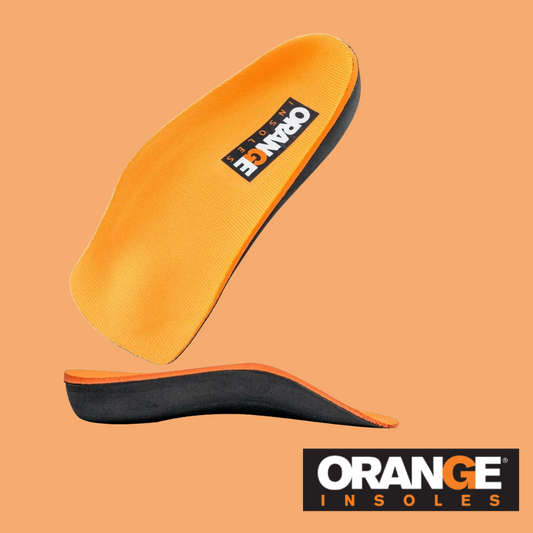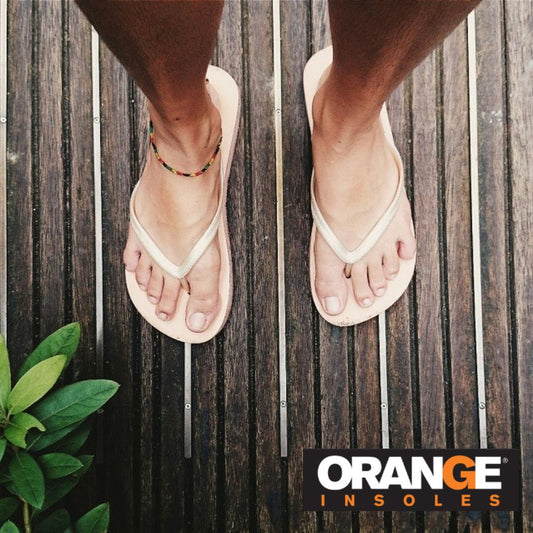The growth or tumor of nerve tissue that is a neuroma can be a great burden for sufferers, with many experiencing ball of feet pain along with a burning or tingling sensation, and possibly some cramp or numbness. Such pain arises from the inflammation of a covering of a nerve endings bundle, or in other words, when the tissue surrounding a nerve becomes enlarged or thickened.
Such ball of feet pain can usually be traced to a nerve that has been compressed as a result of the pinching of the third and fourth metatarsal bones. The condition usually affects adults – especially women – and its main cause is excess pronation, ‘pronation’ being defined as the normal movement of the foot enabling the arch to be flattened to some extent. This function of the foot enables better shock absorption for the body, helping it to adapt to different ground surfaces.
With regard to one’s gait, it is on the heel and outside of the foot where first contact occurs. The shift of body weight then continues forward, in the direction of the arch and toes. The feet may be weak or tired, however, or not get adequate support from footwear, resulting in a greater than normal flattening of the arch. This is described as excessive pronation. This exerts greater pressure on the foot, decreasing the metatarsal arch and making it more likely that a nerve will be compressed, resulting in a neuroma.
A range of contributing factors have been cited for this ball of feet pain, including flat feet and the wearing of tight, poorly fitting shoes. Prolonged standing and the increased stress exerted on the feet by kneeling or the use of ladders can also worsen the condition. Indeed, any situation where there is too much mechanical movement of the metatarsals should be a cause for concern.
Current literature details extensive treatment advice for those with ball of feet pain. It is advised that sufferers follow the ‘3 Ss’ formula – Stretching, Strengthening and Supporting – alongside ice and rest, as has long proved effective for all manner of foot and lower extremity overuse injuries. Support, for example, can be provided by the right shoes or insoles, which can be instrumental in the prevention, improvement or elimination of a vast range of foot problems.
























































